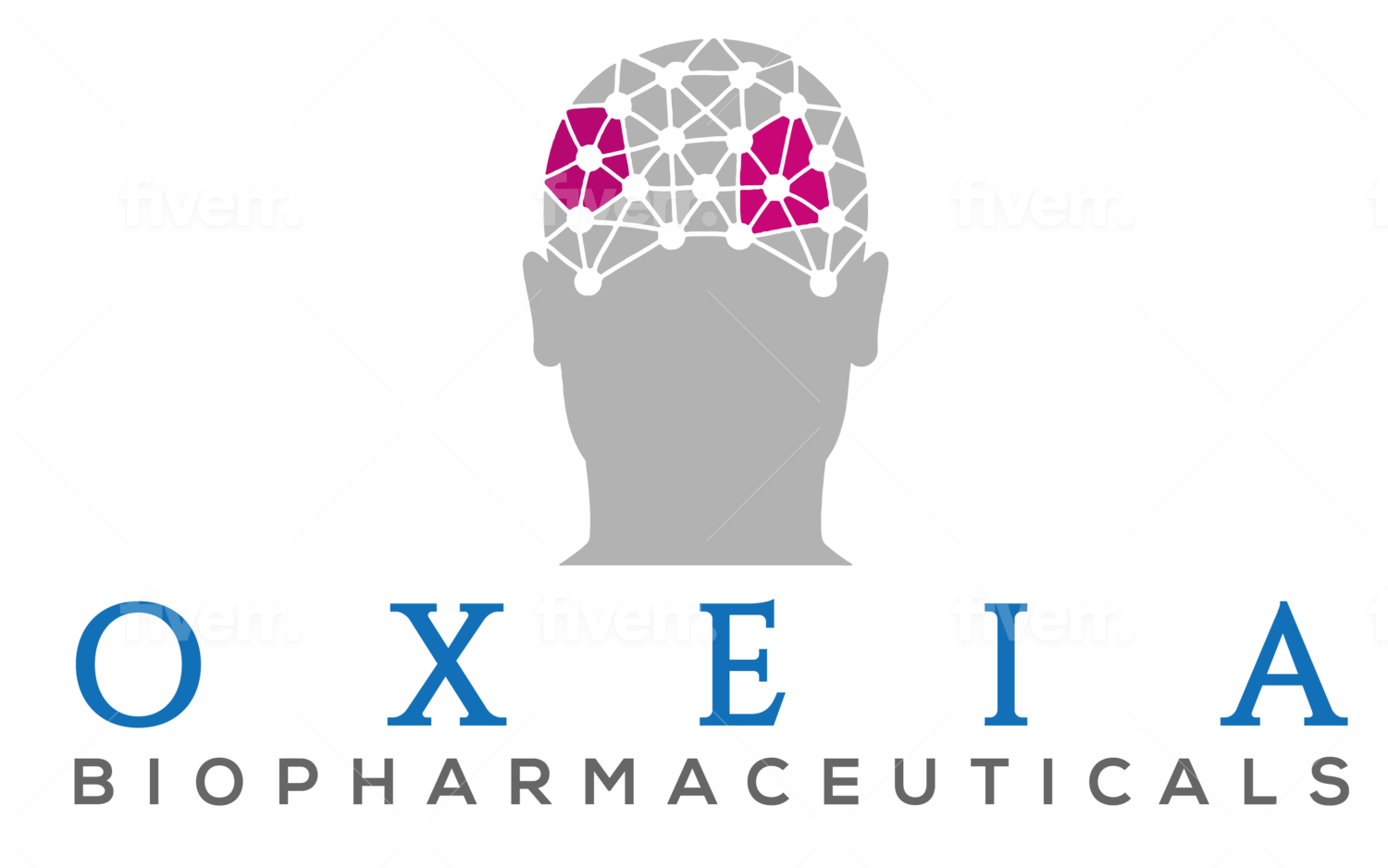KAC Actions to Protect Combat Athletes are a Bold Move; But Let’s Keep Exploring New Options to Fight the Concussion Epidemic
We applaud the Kansas Athletic Commission’s KAC) recent actions to help protect combat-sport athletes. Their announcement is a bold first step in turning the tide on the concussion epidemic in Kansas and serves as a model for other states.
The KAC recently passed a measure to implement fighter and corner safety licensing protocols that will bring potentially life-saving education to professional fighters and teams competing in the state of Kansas. That is something to celebrate. While this move isn’t a knockout punch to eliminate or treat mild traumatic brain injury (mTBI) in the sport, adding concussion-related questions to the licensing process is a powerful step forward.
Fighting is more dangerous than most observers, and many athletes, understand. About 3.8 million concussions occur in the U.S. each year from sports-related injuries. While the Center for Disease Control estimates that 5-10% of athletes will experience a concussion in any given sport, [1]those numbers jump significantly higher for combat sports. According to the Association of Neurological Surgeons, 90% of boxers will sustain a concussion during their careers. [2]
Concussions caused by contact sports are a growing epidemic in our country. Jolts to the head frequently go unchecked. Many athletes shrug concussions off as nuisance and nothing more. What may appear to some as a minor inconvenience can result in debilitating symptoms that can last months or years. As many as one third of patients do not fully recover from their concussions and those who have had a concussion are at risk of having another one.
Education is our best tool at this time to reduce the number of concussions and make sure that when fighters sustain head injuries, they report their symptoms, undergo a medical evaluation(s) and follow a doctor’s treatment plan before resuming physical activities.
Promoting awareness about head injury is exactly what KAC hopes to achieve with its new mandate. KAC announced that they will be partnering with the charity Fighting Foundation to add questions regarding concussions and chronic encephalopathy (CTE) to license applications for fighters and corners. In their release, KAC indicated that persons involved in combat sports must educate themselves on the risks associated with brain injuries.
“There is no cure for CTE” said Fighting Foundation president Rose Grace, “however there is a cure for ignorance and it starts with our allies in Kansas.”
There is no cure for CTE, nor are there any effective pharmacological FDA-approved treatments for head injuries. Treatment for concussions is still primitive and focuses on the symptoms rather than on a cure
Several smaller biopharmaceutical companies like my own, Oxeia Biopharmaceuticals, have been conducting extensive research to treat concussions. Kansas is playing yet another critical role as it relates to concussions. The University of Kansas Medical Center is conducting the phase 2 ground-breaking trial for Oxeia’s drug treatment, OXE103, which could address the underlying pathology of concussion (mTBI). The program seeks qualified volunteers from the Kansas City area to participate in this study which could help people with continued symptoms after sustaining a concussion. Those interested in the greater Kansas City area interested in participating in the study should visit www.restisnotenough.com.
[1] https://www.uofmhealth.org/conditions-treatments/brain-neurological-conditions/concussion-athletes-neurosport
[2] https://traumaticbraininjury.net/2013/01/14/boxers-and-brain-injuries-a-scary-study/
